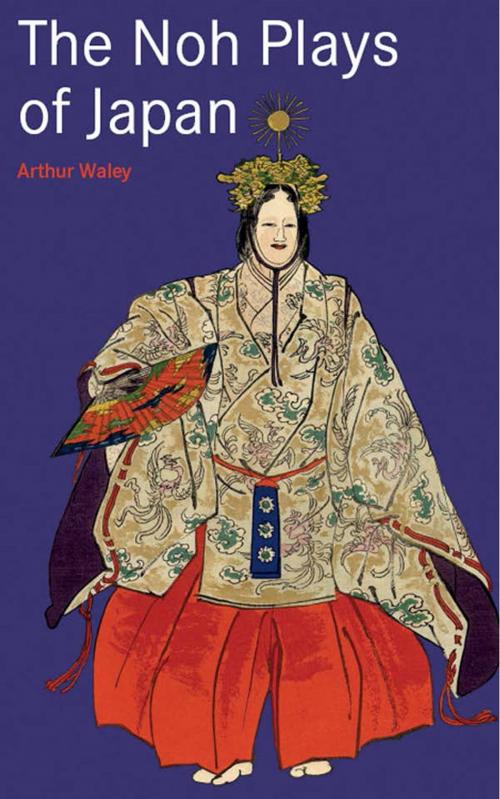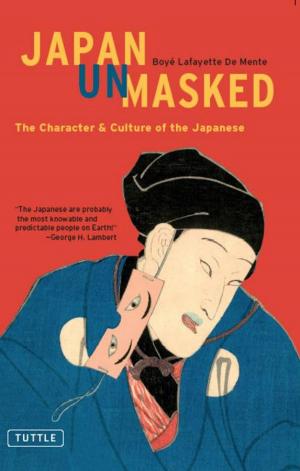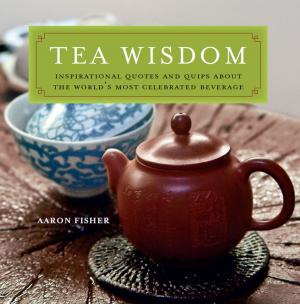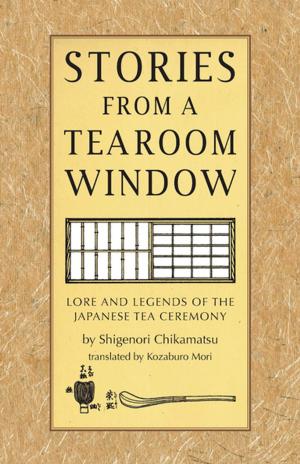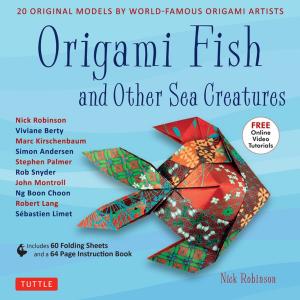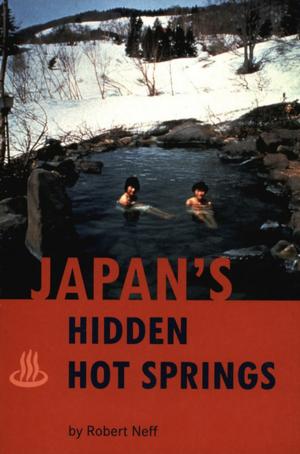| Author: | Arthur Waley | ISBN: | 9781462903634 |
| Publisher: | Tuttle Publishing | Publication: | December 20, 2011 |
| Imprint: | Tuttle Publishing | Language: | English |
| Author: | Arthur Waley |
| ISBN: | 9781462903634 |
| Publisher: | Tuttle Publishing |
| Publication: | December 20, 2011 |
| Imprint: | Tuttle Publishing |
| Language: | English |
The Noh Plays of Japan is the most respected collection of Noh plays in English.
The classic Japanese plays can be read for their great literary merit and also provide the reader with an understanding of a unique theatre art and important insights into the cultural, spiritual and artistic traditions of Japan.
The Noh Plays of Japan, first published in 1921 and justly famous for more than three-quarters of a century, established the Noh play for the Western reader as beautiful literature. It contains Arthur Waley's exquisite translations of nineteen plays and summaries of sixteen more, together with a revealing introductory essay that furnishes the background for a clear understanding and a genuine appreciation of the Noh as a highly significant dramatic form.
Noh plays live on as a magnificent artistic heritage handed down from the high culture of medieval Japan. Among the major types of Japanese drama, the Noh, which is often called the classical theatre of Japan, has had perhaps the greatest attraction for the West. Introduced to Europe and America through the translations of Arthur Waley and Ezra Pound, it found an ardent admirer in William Butler Yeats, who described it as a form of drama "distinguished, indirect, and symbolic" and created plays in its image.
The Noh Plays of Japan is the most respected collection of Noh plays in English.
The classic Japanese plays can be read for their great literary merit and also provide the reader with an understanding of a unique theatre art and important insights into the cultural, spiritual and artistic traditions of Japan.
The Noh Plays of Japan, first published in 1921 and justly famous for more than three-quarters of a century, established the Noh play for the Western reader as beautiful literature. It contains Arthur Waley's exquisite translations of nineteen plays and summaries of sixteen more, together with a revealing introductory essay that furnishes the background for a clear understanding and a genuine appreciation of the Noh as a highly significant dramatic form.
Noh plays live on as a magnificent artistic heritage handed down from the high culture of medieval Japan. Among the major types of Japanese drama, the Noh, which is often called the classical theatre of Japan, has had perhaps the greatest attraction for the West. Introduced to Europe and America through the translations of Arthur Waley and Ezra Pound, it found an ardent admirer in William Butler Yeats, who described it as a form of drama "distinguished, indirect, and symbolic" and created plays in its image.
